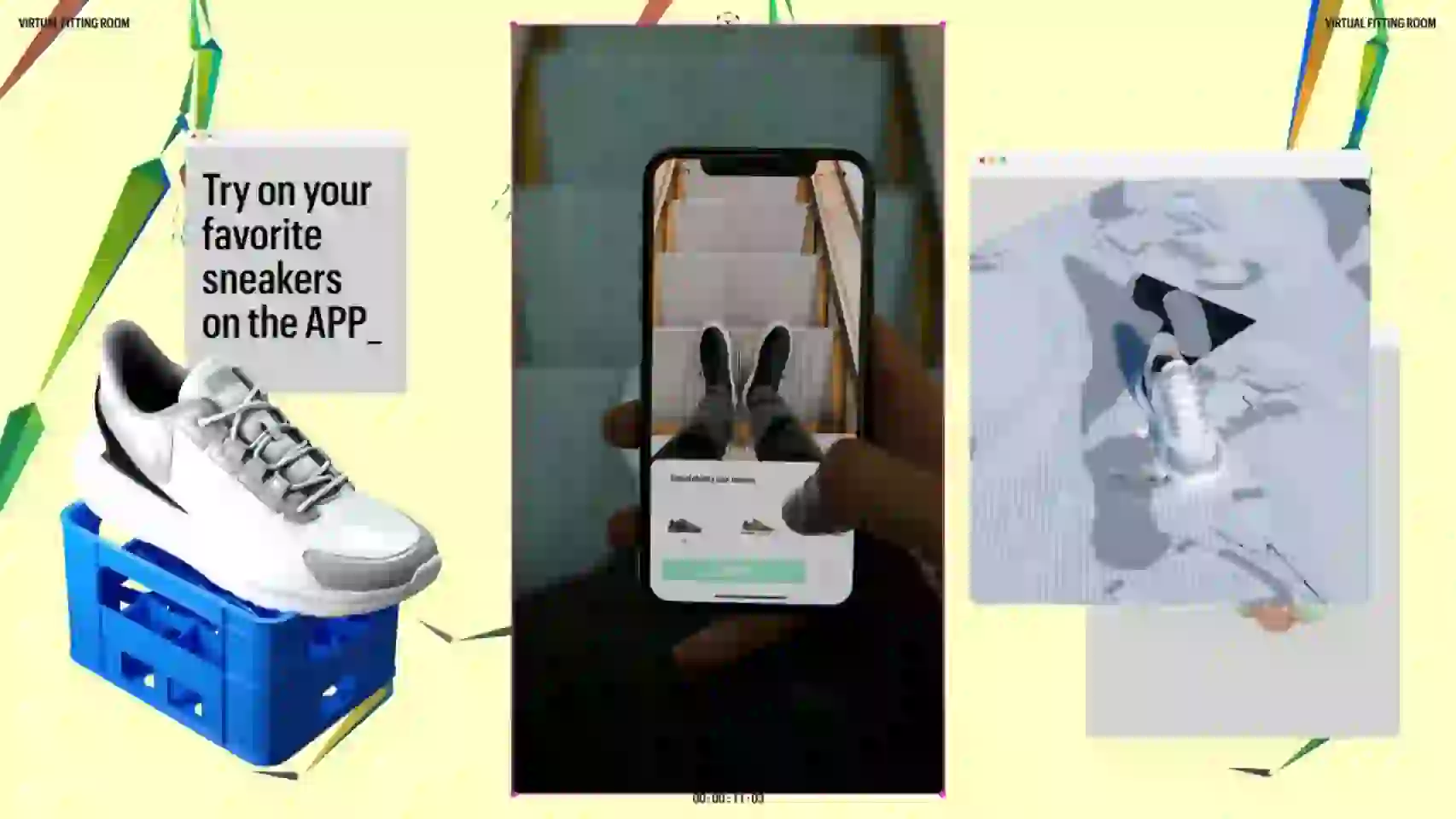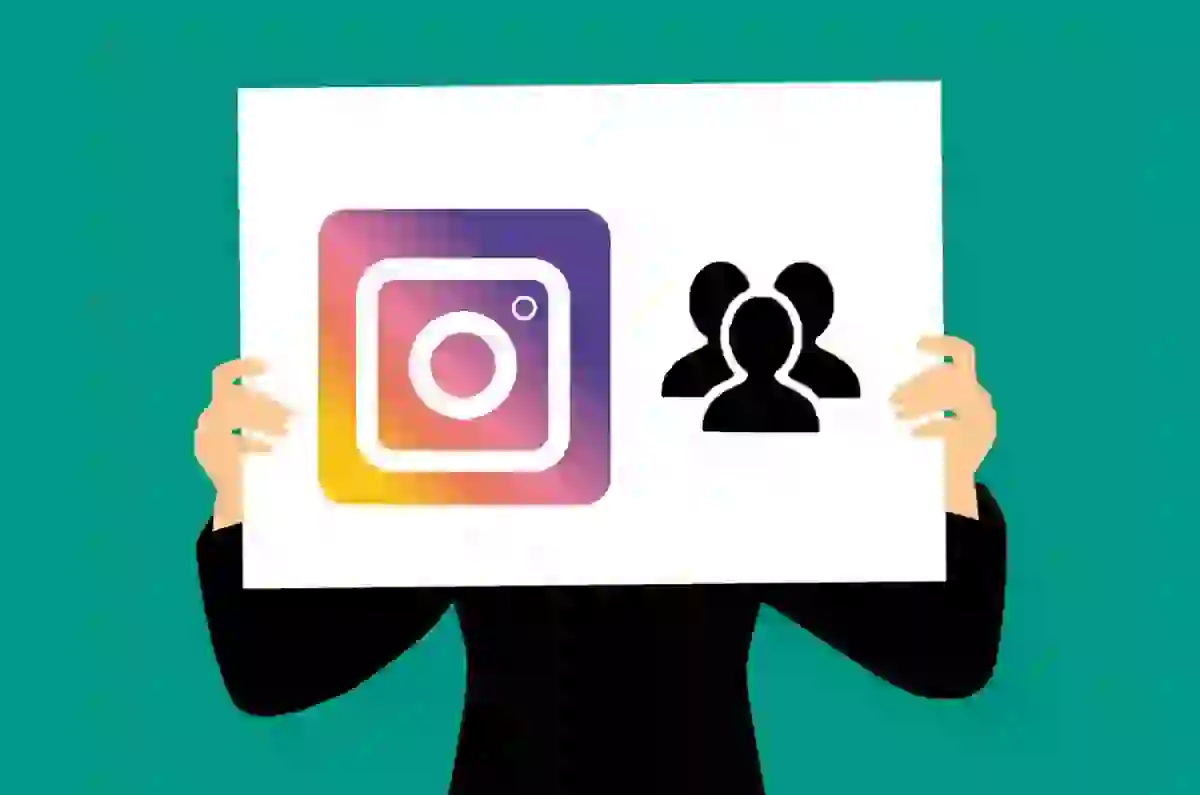E-commerce continues to break forecasts and has been a global revolution in terms of commercial transactions. For years it developed at a steady pace, but the arrival of the pandemic caused such an exponential acceleration of electronic sales that already in 2020 the expected figures for 2025 were reached. And the forecasts are even more hopeful for the next three years, as indicated by SAP Spain, since they indicate that e-commerce will account for a quarter of total sales in the world.

The data is clear:
- According to Statista, in Spain approximately 23% of total purchases in 2020 were made through the Internet and, in the last quarter of that same year, turnover from online commerce reached an all-time high, exceeding 14.5 million euros.
- In addition, the Annual E-commerce Study by IAB Spain ensures that 76% of the Spanish Internet population already uses the Internet as their main purchasing channel.
- For its part, in Mexico, e-commerce grew in 2020 by more than 80% and in 2021 almost 30%.
- In Chile, during the last year the growth levels of online commerce were about 30%, according to the Chamber of Commerce of Santiago.
- And in Colombia, as indicated by the Colombian Chamber of E-commerce, growth was 30% in 2020, a percentage that increased to 44.3% in the first quarter of 2021.
Figures that have accelerated trends and introduced new ones that are revolutionising the industry and that lead brands to evolve quickly if they do not want to be left behind in the market. Therefore, according to Forrester, the approach of businesses must be in line with technology and with a greater efficiency of its logistics, whose potential will help them generate a more attractive commitment and greater loyalty by their clients.
An even greater consolidation of technology in all areas of e-commerce development is expected to strongly impact the different sales channels, which will disappear to converge on strategies that extract the best from the physical and digital world, to offer clients an absolutely phygital experience. Below we will show you some of these advances that are already breaking into e-commerce to boost sales:

Voice commerce
According to Statista, it is estimated that the use of voice commands will reach 8.4 billion searches in the world by 2024. This is a great opportunity for e-commerce to position their websites through voice commerce and increase their sales. It is a tool that allows the user to make online purchases using only their voice and a compatible smart device, such as a mobile phone, a speaker or a virtual assistant, which answers all the questions necessary to cross the entire sales funnel. That is to say, Alexa or Siri allow us to browse the catalog of the online store, obtain product ratings, check their availability, place orders and finalise the purchase. An attractive, easy and fast experience that requires brands to update their online businesses taking into account Voice Search Optimization, voice SEO, which optimises the web based on search intent and not the keyword, since locating a good position in search engines is now more important than ever.
And, if we look at the data, we see that the potential is clear: 37% of online shoppers have already had experience with a voice assistant or a chatbot and 22% have at some point bought through these tools in a positive way, according to the Annual E-commerce Study 2021 by IAB Spain and Elogia.
In addition, according to the study “Voice Shopping Consumer Adoption Report”, in the United States it is expected that purchases through voice assistants in e-commerce will increase to 40 billion dollars in 2022. According to this report, in 2018 more than 20.5 million American adults had used their voice to buy a product at least once. A figure that increased to 45.2 million in 2021, reflecting a growth of 120% and a year-on-year growth rate of 30%. Forrester predicts that 46% of U.S. homes will have smart speakers by the end of this year. An indicator of what may happen in the rest of the countries in the upcoming years and which reflects the potential of this tool for online sales.
Augmented reality
This technology offers the consumer a unique experience in the online shopping process and gives brands the opportunity to add value to their products. Examples are the virtual fitting rooms that Pull&Bear already uses or the possibility of placing a decoration product in a specific space of our house to see how it looks, as some furniture brands are already doing.

Launching into virtual trying allows the end user to try on products such as shoes, clothes, glasses and even makeup, which helps them make purchasing decisions without having the product right in front of them.
Metaverse
It is not a new concept, but since Facebook and Google, Nvidia and Microsoft decided to bet heavily on it, it has become part of our day-to-day lives almost without realising it… at least by ear. That Zuckerberg has changed the name of his company to Meta says a lot about what awaits us through this virtual universe, which can offer us as many opportunities as the real world, to the point that within it you can create businesses or attend work meetings. And, although there is not only one metaverse, it is most likely that the first to develop it will be those who get the largest piece of a cake that promises to change our way of relating to each other very soon.

Para la moda tiene un potencial importantísimo, ya que las marcas podrán presentar colecciones o abrir tiendas donde nuestros avatares puedan entrar para probarse y comprar ropa virtual. Su importancia ha hecho que las grandes marcas ya están presentes en él, anunciando el lanzamiento de colecciones en NFT (non-fungible tokens). Zara, por ejemplo, ha lanzado una colección “Lime Glam”, que puede adquirirse para llevarla tanto de forma física o virtual.
No cabe duda de que es una gran oportunidad de crear mayor presencia de marca y una experiencia más realista que nunca.
For fashion it has a very important potential, since brands will be able to present collections or open stores where our avatars can enter to try on and buy virtual clothes. Its importance has meant that the big brands are already present in it, announcing the launch of collections in NFT (non-fungible tokens). Zara, for example, has launched a “Lime Glam” collection, which can be purchased to wear both physically and virtually.
There’s no doubt that it’s a great opportunity to create greater brand presence and a more realistic experience than ever before.
Livestream Shopping
It is seen as a better way to create stronger connections with consumers, expand their reach through partnerships with influencers and increase conversion rates. Live sales are already a reality thanks to social networks, which with the introduction of the “Checkout” button on Instagram have become a virtual showcase that allows brands to show in real time what they want their potential buyers to see and be able to buy.

En cifras, solo durante 2021 el sector del marketing de influencers ha crecido un 44,7% a nivel global, con una inversión superior a los 8.200 millones de euros. De hecho, Witcher ha señalado que el 55% de los adultos que están online y han visto un vídeo de venta a través de redes sociales han realizado una compra desde ellas. Asimismo, según las previsiones dibujadas en el State of Influencer Marketing, en 2026 el 60% de los consumidores millennials y de la generación Z preferirán hacer las compras en las redes sociales antes que en los eCommerces de las propias marcas. Un dato que todas ellas deberán tener en cuenta.
In figures, during 2021 alone the influencers marketing sector has grown by 44.7% globally, with an investment of more than 8.2 billion euros. In fact, Witcher has pointed out that 55% of adults who are online and have seen a sales video through social networks have made a purchase from them. Also, according to the forecasts drawn in the State of Influencer Marketing, in 2026 60% of millennial and gen Zconsumers prefer to make purchases through social networks rather than in the e-commerce stores of the brands themselves. A fact that all of them must take into account.
The importance of logistics in Panama
All these technologies show the future perspective that the sector must take into account to continue attracting more customers and improving their conversion. Trends that, in addition, force brands to review supply chains so that their logistics may evolve according to the new requirements and needs they put on the table.
At Logisfashion we have a great expertise in online commerce and we are aware of how the market develops in order to evolve with it, with the aim of offering our customers a comprehensive value proposition, as well as customised solutions for their supply chain. To do this, we have cutting-edge technology that allows us to adapt to these new trends and different possibilities to connect with the different channels, to be able to offer brands everything they need: good customer service, reduced delivery times, competitive prices and, of course, the most efficient logistics. The future is here!

